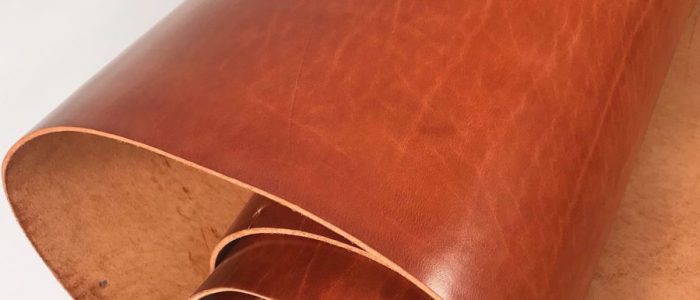Leather is a durable and versatile material made by tanning or chemically treating animal hides to prevent them from decomposing. Common sources include cattle, sheep, goats, horses, buffalo, pigs, and even aquatic animals like seals and alligators.
Leather is used to create items such as clothing, shoes, handbags, furniture, tools, and sports gear, often lasting for decades. With a history spanning over 7,000 years, leather production is now led by countries like China and India.
The leather manufacturing process involves three key stages: preparatory steps, tanning, and crusting, with an optional fourth step called finishing, depending on the type of leather being produced.
1. Preparatory Stages
These steps prepare raw hides for tanning and may include:
- Soaking: Rehydrating the hide.
- Hair removal: Removing hair for a smooth surface.
- Liming and deliming: Softening and cleaning the hide.
- Bating and bleaching: Enhancing texture and removing natural pigments.
- Pickling: Preserving hides with acidic solutions.
2. Tanning
Tanning stabilizes proteins like collagen in hides, enhancing their thermal, chemical, and microbial durability. Untanned hides dry out, harden, and decompose when rehydrated, while tanned leather remains soft and resistant to putrefaction.
Tanning Process:
Hides are soaked in tanning liquor inside a rotating drum. Once the solution fully penetrates the hides, the pH is gradually raised (basification) to fix tanning agents. Higher fixation increases the leather’s heat resistance and durability.
3. Crusting
Crusting involves thinning, lubricating, and often coloring the leather. It includes processes like:
- Splitting or shaving to adjust thickness.
- Dyeing or whitening for aesthetic purposes.
- Drying and softening for texture.
4. Finishing (Optional)
Finishing adds surface treatments such as:
- Oiling: To improve water resistance.
- Buffing, polishing, or embossing: For aesthetic effects.
- Glazing or tumbling: To enhance texture and durability.
- Oiling, using materials like mink or neatsfoot oil, keeps leather supple and extends its lifespan, counteracting wear from water exposure.
Types of Tanning Methods
i. Vegetable Tanning:
Uses plant-based tannins like tree bark.
Produces supple, light-brown leather prone to discoloration and hardening in water.
Historically used for shoemaking, bookbinding, and armor (e.g., boiled leather).
ii. Chrome Tanning:
Uses chromium salts, creating “wet blue” leather.
Fast (1-day process) and common in industrial production.
Produces soft, water-resistant leather but raises environmental concerns due to chromium byproducts.
iii. Aldehyde Tanning:
Uses glutaraldehyde or oxazolidine for “wet white” leather.
Chrome-free, often used in infant shoes and automotive products.
Chamois leather is a porous, water-absorbent version.
iv. Brain Tanning:
Employs emulsified oils from animal brains.
Results in soft, washable leather like buckskin.
v. Alum Tanning (Tawing):
Uses aluminum salts with binders like flour or egg yolk.
The leather is not fully tanned and reverts to rawhide if soaked in water.
This breakdown showcases the complex craftsmanship behind leather production, highlighting its versatility and historical significance.


One thought on “What is Leather ?”
Awesome https://is.gd/tpjNyL